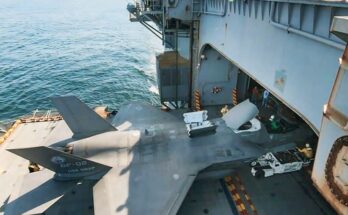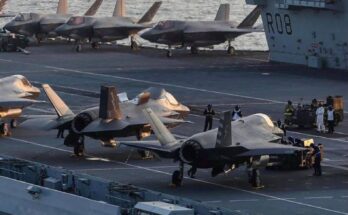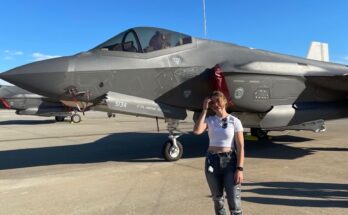
The E-2 Hawkeye is one of the most recognizable aircraft in the U.S. Navy’s fleet. With its distinctive rotating radar dome perched above the fuselage, it plays a critical role in modern naval operations. First introduced in the 1960s, the Hawkeye was designed as an airborne early warning and control aircraft, providing a set of “eyes in the sky” that extend far beyond the reach of surface-based radar systems. Over the decades, the aircraft has evolved through multiple upgrades, making it a cornerstone of carrier air wings worldwide.
At its core, the E-2 Hawkeye serves as a command-and-control platform. Its advanced radar system can detect incoming aircraft, missiles, and surface ships at great distances, relaying this information to commanders at sea and in the air. This early warning capability is vital because it gives naval forces more time to prepare defensive or offensive measures. In addition to tracking threats, the Hawkeye helps direct friendly aircraft, ensuring that strike groups, patrols, and rescue missions are coordinated effectively.
The Hawkeye’s design is tailored for carrier operations. Its twin turboprop engines provide reliable power and endurance, while its high-mounted wings and folding mechanisms allow it to fit onto crowded flight decks. The aircraft typically operates with a crew of five: two pilots and three mission specialists. These specialists manage radar systems, communications, and tactical coordination, turning streams of data into actionable intelligence for the fleet.
Over the years, the E-2 has gone through several major versions. The original E-2A entered service in 1964 but quickly revealed the need for improvements in reliability. The subsequent E-2B and E-2C variants added more advanced radar, better avionics, and improved engines. Today, the most modern version is the E-2D Advanced Hawkeye, which features the APY-9 radar. This system allows the aircraft to detect stealthier targets and operate in challenging electronic warfare environments. The E-2D also incorporates updated communications that allow it to integrate seamlessly with other U.S. and allied assets, including the F-35 Lightning II.
Beyond the U.S. Navy, the Hawkeye has seen service with several allied nations, including France, Japan, and Egypt. Its versatility makes it valuable for missions beyond traditional warfare. For example, the aircraft has been used in humanitarian operations, disaster response, and maritime patrols, where its ability to monitor wide areas and coordinate efforts has proven indispensable.
One of the Hawkeye’s greatest strengths is its longevity. Few aircraft remain relevant for more than half a century, but the E-2 continues to adapt to the demands of modern warfare. Its role has grown beyond early warning into full network-centric warfare, acting as an airborne hub that links ships, aircraft, and ground forces into a single, coordinated system.
In today’s complex security environment, situational awareness is more important than ever. The E-2 Hawkeye, with its iconic radar dome and proven record, ensures that carrier strike groups maintain the advantage of information. It is not a flashy fighter or a massive bomber, but without it, the Navy would be operating with limited vision. The Hawkeye remains a quiet but indispensable guardian of the seas.


